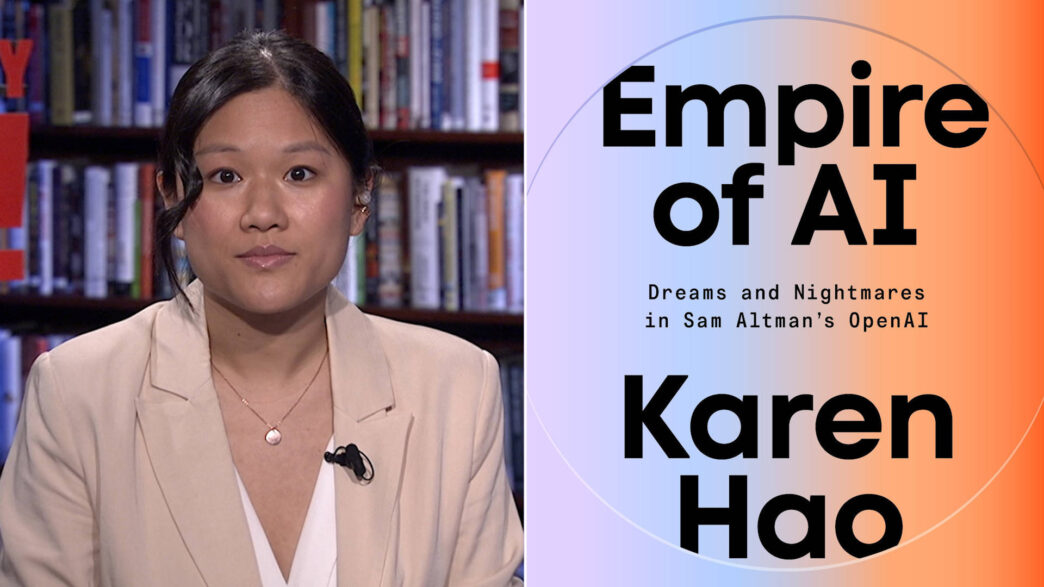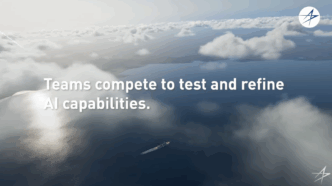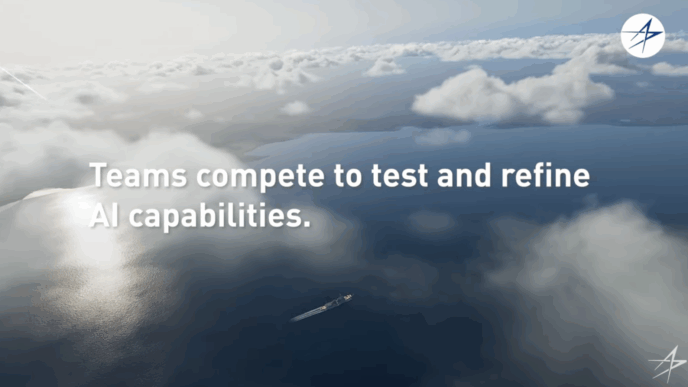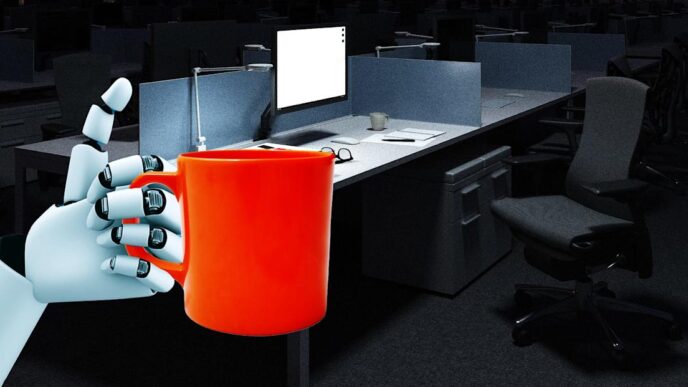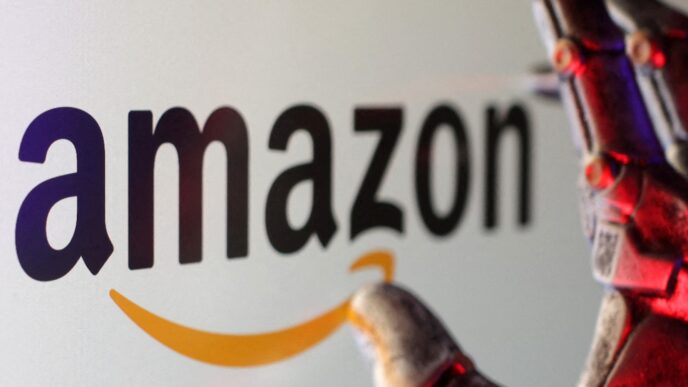Karen Hao’s new book, Empire of AI, is generating buzz for its stark critique of the artificial intelligence industry. Hao draws parallels between AI development and historical colonial powers, stating that AI companies "seize and extract precious resources" to fuel their growth.
The book drops amid a political storm, as the House recently passed a budget bill spearheaded by Donald Trump that includes measures to block state-level AI regulations for a decade. This is a significant boost for tech giants like OpenAI. Notably, Republican Congresswoman Marjorie Taylor Greene expressed surprise at the provision, declaring she would oppose it if it stays in the final bill.
Hao explains the implications of this regulatory vacuum for the AI sector, highlighting the massive resources required for AI training, including water and energy. She noted, “In the next five years… we would need to put as much energy on the global grid as what is consumed by two to six times the energy consumed annually by the state of California.”
Data centers are an enormous part of this equation. In Chile, conflicts have erupted over Google’s planned data center that would consume significantly more freshwater than entire communities rely on. Activists are pushing back, emphasizing that the local population must receive tangible benefits if these tech giants are to exploit communal resources.
Hao also sheds light on labor ethics, particularly regarding data annotation workers in Kenya who are paid meager wages to filter harmful content from AI training sets. This ties back to her book’s title, reflecting the sweeping inequities of the AI empire.
Finally, the book dives into Sam Altman’s journey from startup founder to CEO of OpenAI, detailing his fundraising prowess that has led to the company becoming a central player in the profit-driven AI arms race.
"This is absolutely going to enshrine the impunity of Silicon Valley into law," Hao said regarding the recent budget bill.
As AI technology continues to stir controversy, Empire of AI offers a critical window into the industry’s future.

